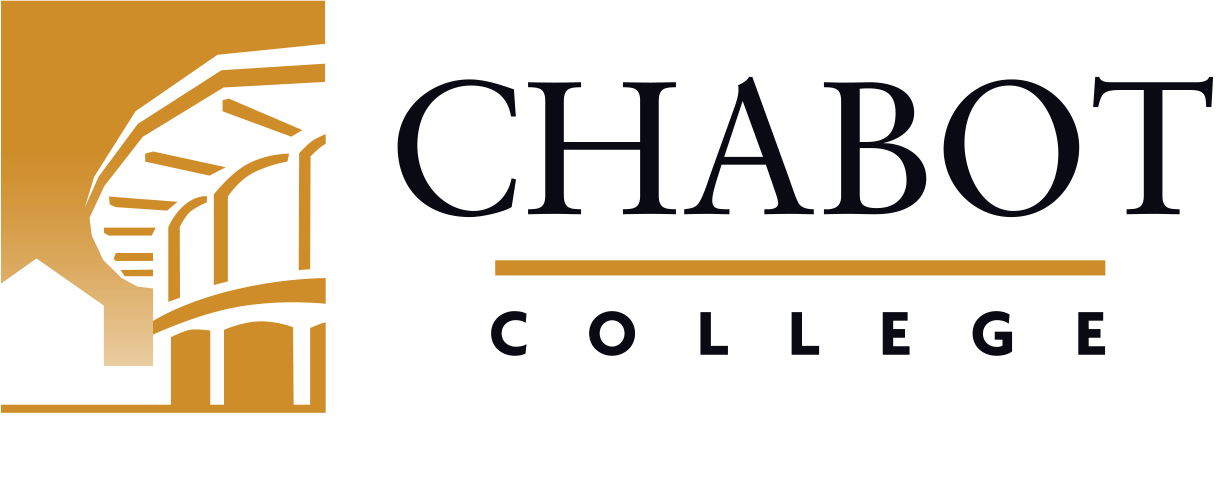
Course Outline for Art 13B
Acrylic Painting - Beginning II
Effective: Fall 2022
SLO Rev: 08/09/2021
SLO Rev: 08/09/2021
Catalog Description:
ART 13B - Acrylic Painting - Beginning II
3.00 Units
Projects in acrylic painting focusing on more complex and varied subject matter, media and concepts. Special emphasis is placed on the development of creative, individualized approaches to materials and content.
Prerequisite: ART 13A.
1002.10 - Painting and Drawing
Optional
| Type | Units | Inside of Class Hours | Outside of Class Hours | Total Student Learning Hours |
|---|---|---|---|---|
| Lecture | 2.00 | 36.00 | 72.00 | 108.00 |
| Laboratory | 1.00 | 72.00 | 0.00 | 72.00 |
| Total | 3.00 | 108.00 | 72.00 | 180.00 |
Measurable Objectives:
Upon completion of this course, the student should be able to:
- design and produce paintings with an intermediate understanding of the physical properties and working characteristics of acrylic paint in a variety of pigments and mediums;
- identify and solve intermediate pictorial problems related to traditional and contemporary representational painting methods, materials, and concepts;
- experiment with and construct paintings utilizing non-traditional pictorial formats and concepts including; abstract, non-objective, multiple-panel or mixed media paintings;
- produce paintings based on individual interpretation of topical assignments and problems;
- develop and express conceptual and material intentions in written and oral formats and apply these to the creation of a finished series of paintings;
- evaluate paintings orally and in writing using correct terminology related to concepts, materials and techniques;
- critique finished paintings and receive criticism from others;
- understand and apply all safety rules and precautions related to the handling, storage and disposal of all painting materials and residues.
Course Content:
Course Content (Lecture):
- Physical properties and working characteristics of acrylic paint
- pigments
- mediums
- grounds
- tools
- Intermediate pictorial problems
- traditional
- contemporary
- representational
- materials
- concepts
- Exploration of subject matter
- abstract
- non-objective or non-representtaional
- representational
- figure
- landscape
- Safety rules and precautions of all painting materials and residues
- handling
- storage
- disposal of all painting materials and residues.
Course Content (Studio):
- Design and produce paintings with an intermediate understanding of:
- the physical properties of acrylic paint
- working characteristics of acrylic paint
- pigments
- mediums
- grounds
- Produce paintings based on individual interpretation of topical assignments and problems
- Develop and express conceptual and material intentions
- written
- oral formats
- apply these to the creation of a finished series of paintings
- Critique paintings
- orally
- writing
- correct terminology
- concepts
- materials
- techniques
- Paint a variety of subject matter:
- still life
- landscape
- figure
- non-representational painting
- Experiment with and construct paintings utilizing non-traditional pictorial formats and concepts
- abstract
- non-objective
- multiple-panel
- mixed media paintings
- Apply all safety rules and precautions of all painting materials and residues
- handling
- storage
- disposal
Methods of Instruction:
- Lecture/Discussion
- Studio
- Demonstration/Exercise
- Distance Education
- Field Trips
- Portfolio Development
Assignments and Methods of Evaluating Student Progress:
- Portray motion. Paint a composition that expresses the vitality of motion or dynamic movement. As a motif, select an event, or a physical subject in movement. For example, it can be a recollection or a photographed image from a track and field event, a dance performance, a football game, a circus event, a sports car rally, a machine in motion, etc. The subject can be human, animal, or mechanical.
- Make three paintings of the same subject. Use variations of color palettes, style and depth to change the viewer's perception of the subject matter.
- Assigned projects, comprehension and applications of the terms and concepts of each project
- Class Work
- Student output
- Development of craftsmanship
- Overall presentation and professionalism in presenting completed painting project
- Projects
- Portfolios
Upon the completion of this course, the student should be able to:
- Produce paintings that successfully incorporate historical and contemporary approaches to representation, creative expression, and materials.
- Develop and express conceptual and material intentions in written and oral formats and apply these to the creation of finished paintings.
- Safely handle and maintain materials, studio facilities, and equipment.
Textbooks (Typical):
- Smith, Ray (2009). The Artist’s Handbook DK Publishing, Inc.
- Joshi, Gita (2020). Show Your Art: How to Build an Art Career Without a Gallery Independently Published .
- acrylics
- canvases and stretcher bars
- brushes and mediums
- various applicable materials
Abbreviated Class Schedule Description:
Projects in acrylic painting focusing on more complex and varied subject matter, media and concepts. Special emphasis is placed on the development of creative, individualized approaches to materials and content.
Prerequisite: ART 13A.